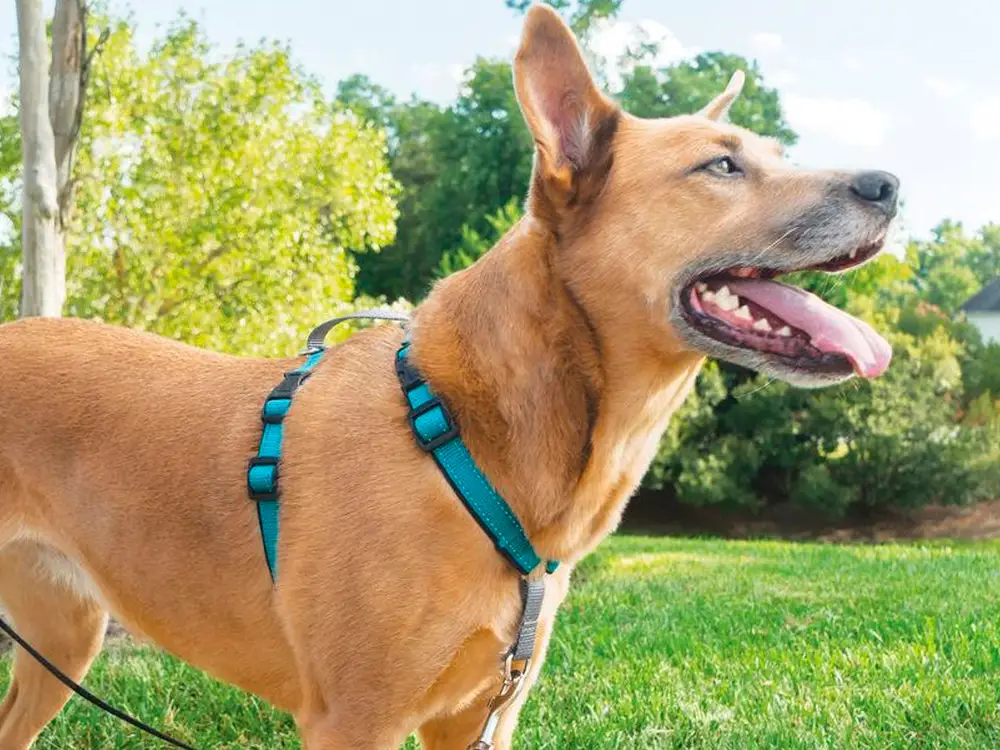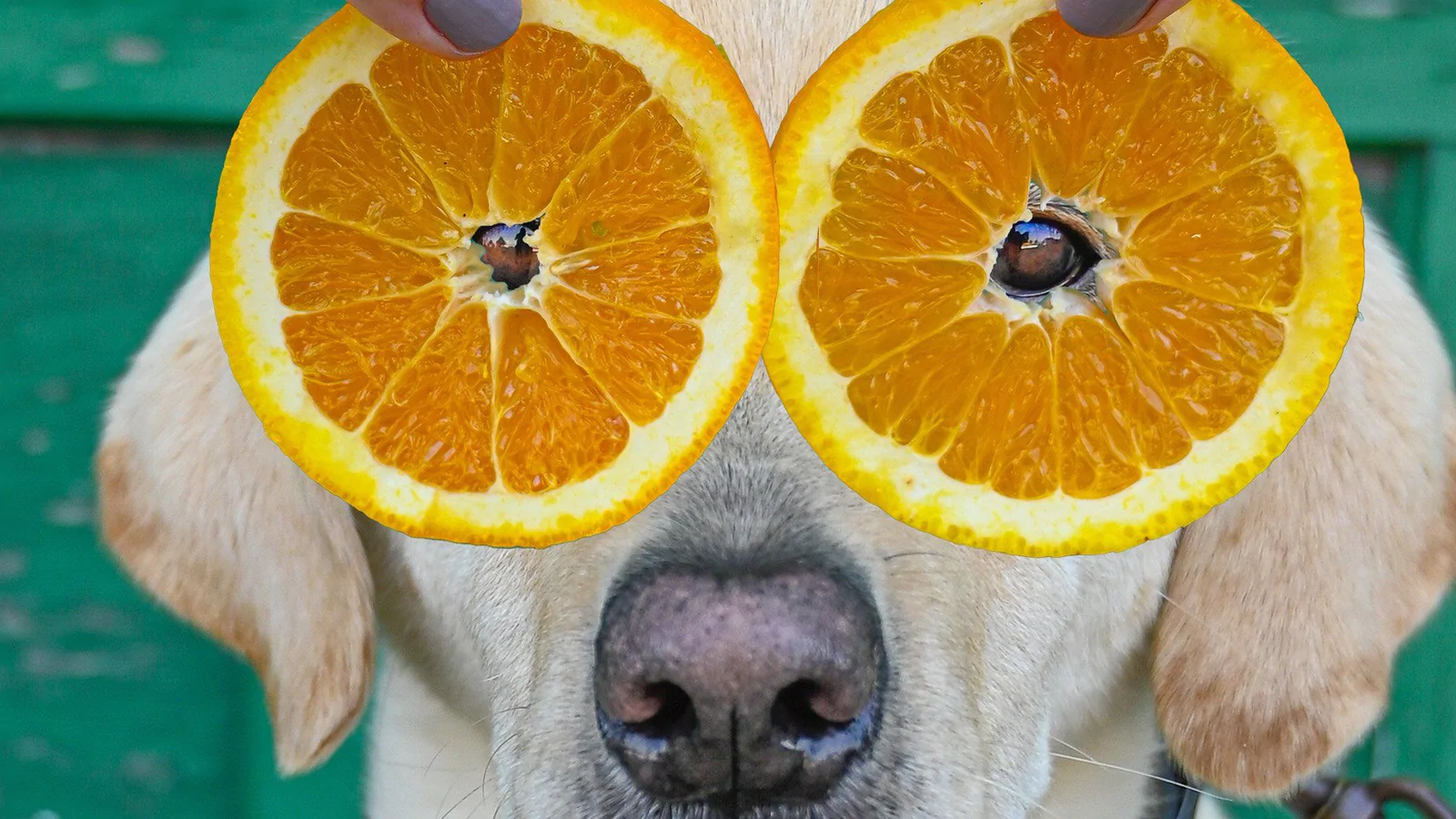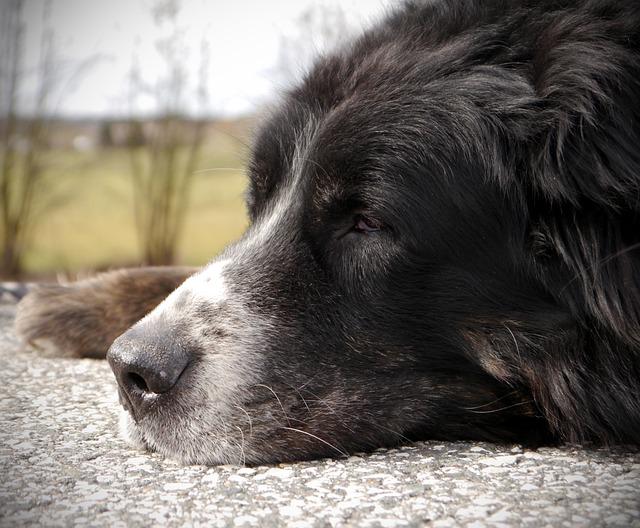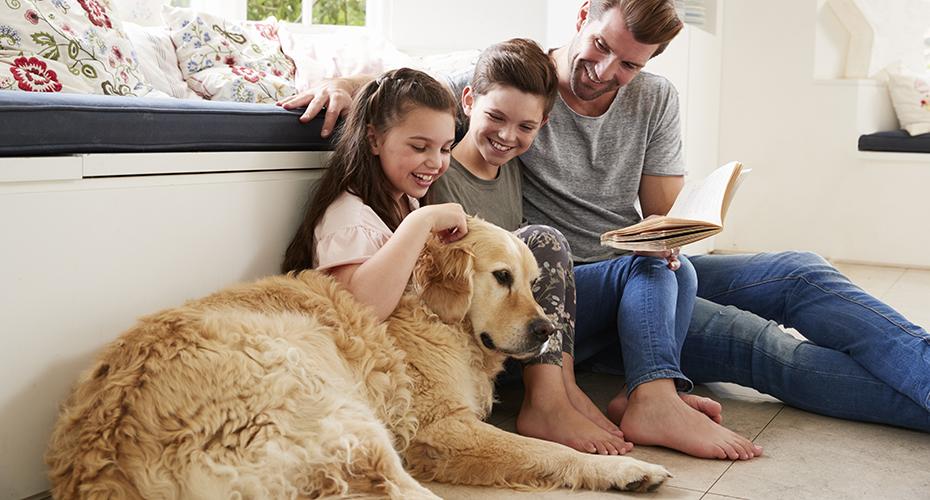Introduction
Dogs are amazing companions, but they can get scared and even hurt themselves if you don’t follow UK sizing guide before buying a harness for your dog. A dog harness is a collar that fits around your dog’s neck and helps keep them from pulling on their leash during walks. It should be comfortable for both you and your pet, as well as easy to adjust according to their size.
The right fit
A good fit is important. dog’s harness size should be measured from the top of their shoulders to the base of their tail, which should be snug but not too tight on them. Your dog will likely have a bit more room to move around in this area than if they were wearing a traditional buckle collar or chain leash, but it is still important that you find a spot where it feels comfortable for both you and your pup!
Fabric options
Fabric options: There are several types of fabric that make up dog harnesses. The most common ones are nylon and leather, but you can also find mesh fabrics that are breathable and comfortable for your pup. Nylon is less expensive than leather, but it’s not as durable or comfortable. Leather is more durable and comfortable than nylon but more expensive than mesh fabrics.
Nylon: Nylon is a synthetic material made from polyamide (PA) molecules joined together in many different ways depending on how it was woven into the harness itself (like sewing). It’s lightweight yet sturdy enough to hold up against any abuse from your dog’s favorite running partners—you know who they are! With its antimicrobial qualities, nylon makes an excellent choice for outdoor use because it resists bacterial growth without sacrificing breathability or comfort for you or your pet during exercise activities outdoors like hiking trips through forests where temperatures may rise above 80 degrees Fahrenheit during summertime months when there isn’t much shade available near waterfalls nearby so keep an eye out for red flags indicating heatstroke symptoms such as muscle cramps followed by seizures caused by dehydration due to prolonged exposure at those high temperatures which could lead towards death if left untreated early enough before things get worse than needing medical attention immediately after being exposed directly face-to-face with hot pavement while walking barefoot over hot surfaces such as asphalt paving stones which makes sense since this type of surface doesn’t absorb moisture well so long term exposure could lead towards blistering skin caused by friction between shoe soles rubbing against each other overtime causing blisters over time until eventually wearing away altogether leaving nothing left behind except maybe some holes.
Which harness to choose
If you have a small dog, the best choice is a collar-style harness. These are usually made of nylon and feature a plastic buckle that clips onto your dog’s collar. The advantage of this type of harness is that it offers more control over your dog than a traditional collar or harness because he can’t pull his head out when wearing one of these types of collars. However, they can be uncomfortable if your pet likes to chew on things (or even worse: chew on them while they’re being worn). This type of harness also has another drawback: it doesn’t offer any padding against rubbing against their skin; so if your pet has sensitive paws or legs then this type might not work well for him/her!
Step-in harnesses
Step-in harnesses are the easiest to put on and take off, but they’re also the most difficult to clean. If your dog likes to pull or chew, this might not be the best option for you.
No pull dog harnesses
If your dog is pulling on the leash, it’s time to invest in a no pull harness. The best way to stop your dog from pulling is by giving them something else to focus on instead of you and the walk.
No pull harnesses help with this by providing them with something else to chase or bite at while they’re still attached to their owner, which helps keep them distracted during walks.
They also come in different sizes so that they don’t slip off when running around on rough terrain like gravel or dirt roads (which could cause injury). This can be especially helpful if you live in an area where there are lots of hills or mountains near home because these types of terrain require more strength from both parties involved in order for them not only stay up but also continue walking forward together without falling backwards down onto each other!
Related Products
You can choose one based on your dog’s needs and budget, as well as the weather. Here are some more things to consider when shopping for a new harness:
- The type of collar you want to use with your new harness. If you’re going for an easy-to-use model, this might not matter much to you—but if there’s anything about how your old dog wore his previous collars that bothers you (or if it’s just plain embarrassing), then maybe consider buying something with fewer buckles or less metal hardware overall?
- How much time do people spend walking their pets? If they do walk them often or even run after them down busy sidewalks while carrying bags full of groceries, then perhaps they don’t need too many extra features like reflective strips or removable padding (which can add bulk). However if those same people rarely go outside without bringing along treats or toys every time they leave home…then maybe these extras will come in handy after all!
There are many different kinds of dog harnesses available.
There are many different kinds of dog harnesses available. The types of dog harnesses include:
- A simple harness with a handle on the back. It can be used for both training and walking.
- A more complicated style that has two handles and is designed to help keep your pet in place during walks or runs around a yard. This type is also good for keeping your pet from getting tangled in bushes while you’re out exercising him/her together!
- A collarless design (also called “free-walking” or “no-pull”) where there are no straps at all—but instead just Velcro closures that allow you to adjust how tight or loose your pup feels when wearing it around his neck.”
Conclusion
We hope this article has been helpful. There are many different kinds of harnesses available, and we have only covered the most common ones here. If you are still unsure of what type is best for your pet, please feel free to contact us at [email protected] We would love to help you find the best dog harness for your dog!







